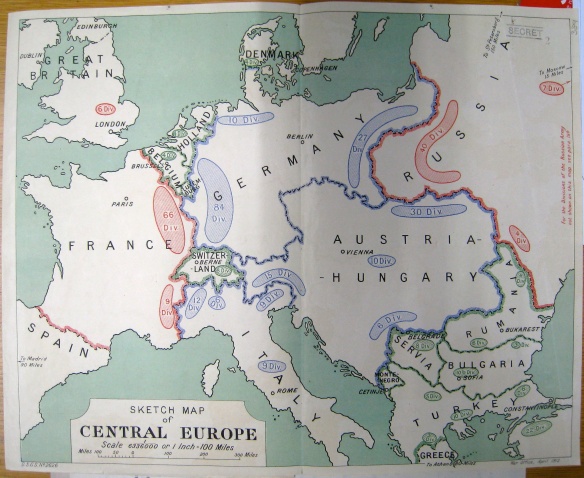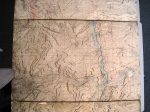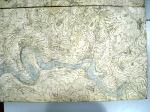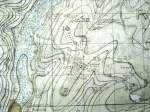
This map was found in the 1912 files of the Directorate of Military Operations, a part of the War Office, and shows how Henry Wilson and his staff saw the struggle for overall power. Apart from the obvious colour coding which shows both the Central Powers and the Triple Entente allying against each other – it also illustrates the degree to which Britain was unprepared for war on a continental stage. The six division Expeditionary Force that was envisaged could do little other than play a subsidiary role next to the sixty-six French divisions that would line up along the Western Front.
Of far greater importance was the political significance of the BEF’s involvement which had been summed up in the following conversation between Wilson and Foch in 1909:
Wilson: “What would you say was the smallest British military force that would be of any practical assistance to you in the event of such a contest as we have been considering?”
Foch: “One single private soldier and we would take good care that he was killed.”




















